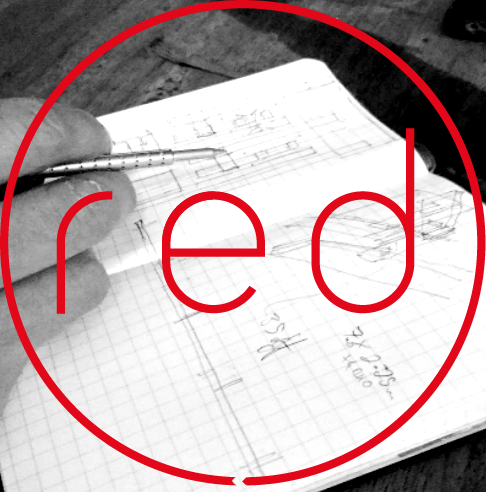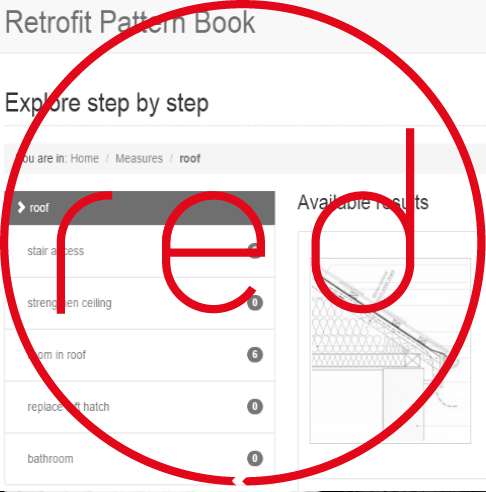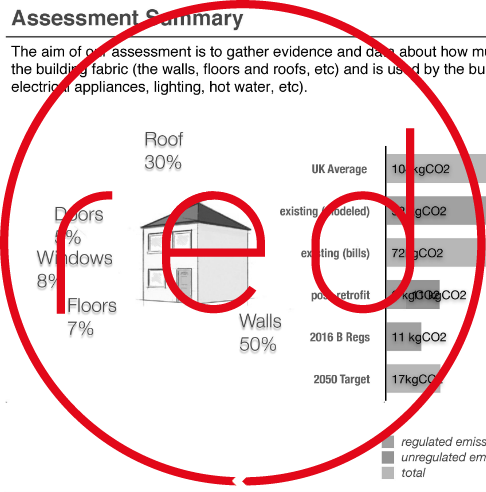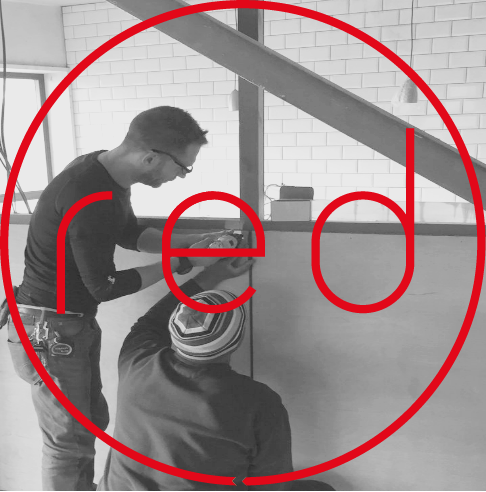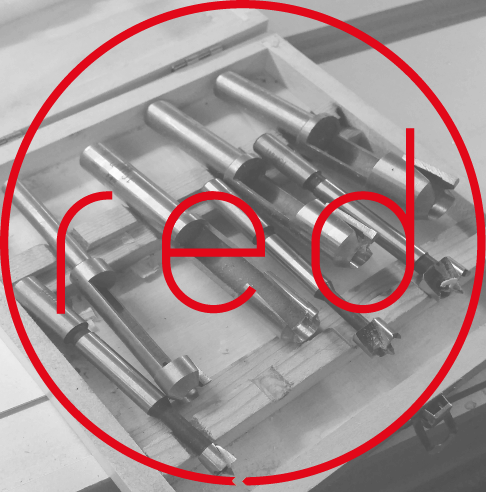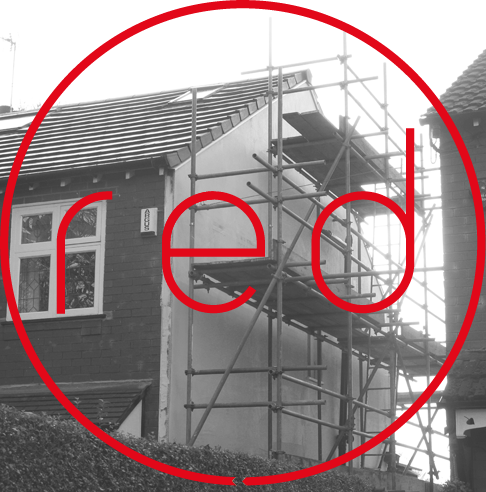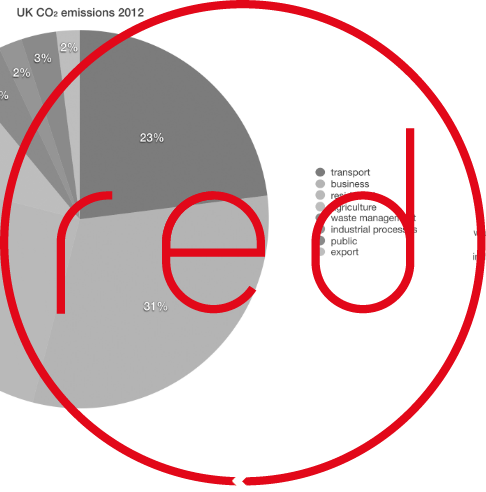The proposition
In the various previous guises our members have had we have now designed or carried out retrofits to 20 houses and now possess a wealth of experience about how to do them as cost effectively as possible, whilst maximising the opportunity to improve the health of the building fabric and its occupants.
A good retrofit can:
- Massively reduce your energy bills allowing you to pretty much step off the fuel price escalator.
- Make your home healthier; cold allows damp to gather in many homes which can lead to an increase in pathogens that cause respiratory problems and designed ventilation, as part of the retrofit, further improves health and comfort outcomes.
- Make your homes look better if designed well, it’s not just the measures themselves but how they work with the rest of the building.
However retrofit to such high reductions in energy use is not cheap. That said, it can be made affordable:
- If we make sure the calculation of the anticipated savings is accurate enough then the money saved can be used to support a loan or repay investment of savings.
- If we make the construction details the best we can and make sure they are built properly then we can make sure the house performs properly.
- If we build up expertise among both the people carrying out the work and those supplying us then we can reduce wastage.
- If we get the amount of material and components used to rise then as long as care is taken in specification then prices will fall.
- If we make sure the cost of the money used to pay for the retrofit is in turn as cheap as we can get it.
The above retrofit factors can assist users when experimenting with the many different ways of meeting the UK’s target to reduce emissions 80% by 2050. For example, users can boost energy supply by building either more nuclear power stations or wind turbines, or they can reduce energy demand by insulating people’s homes and changing travel behaviour. The data used within the 2050 calculator is published by the UK Department of Energy and Climate Change.

